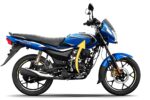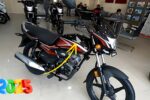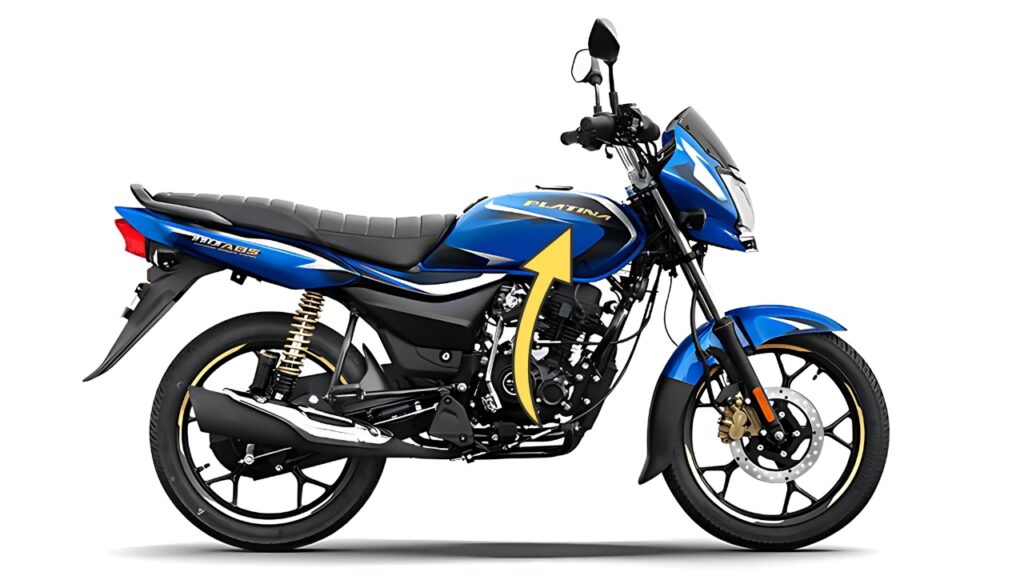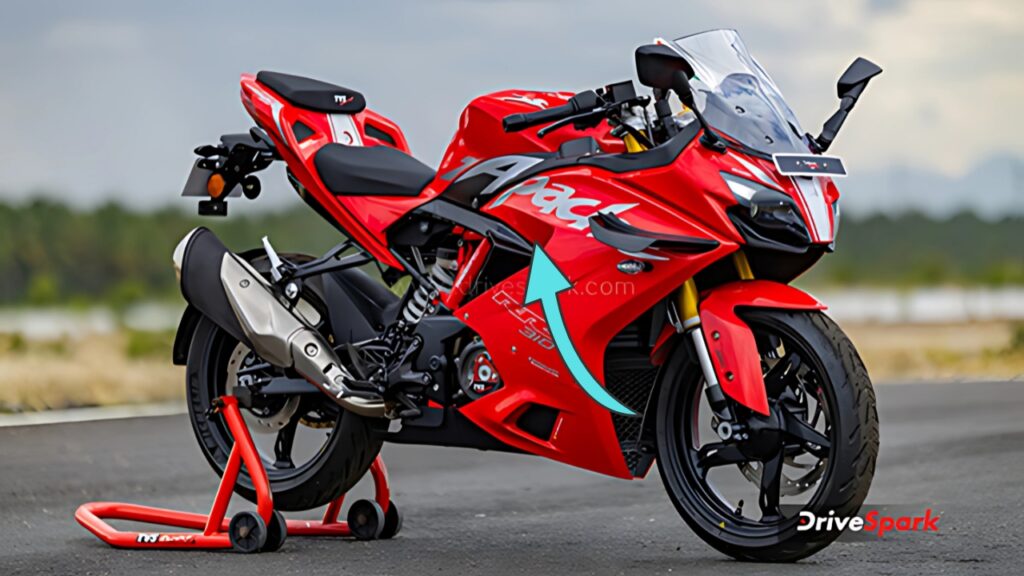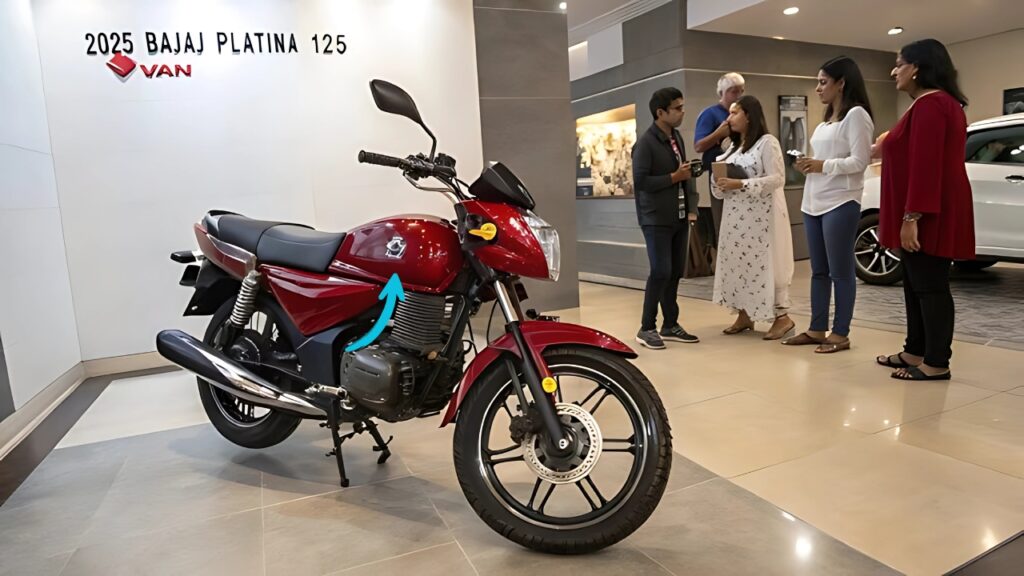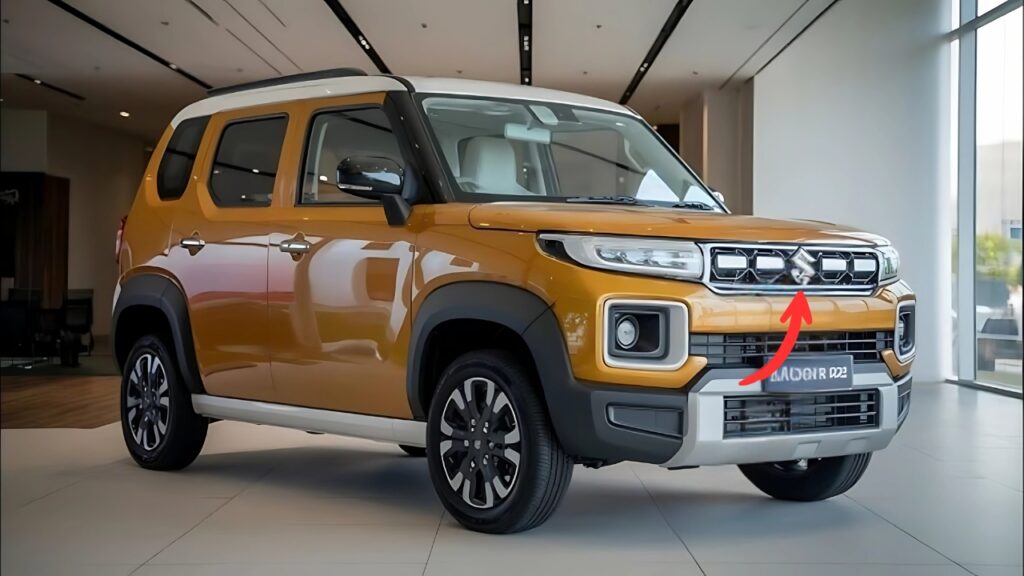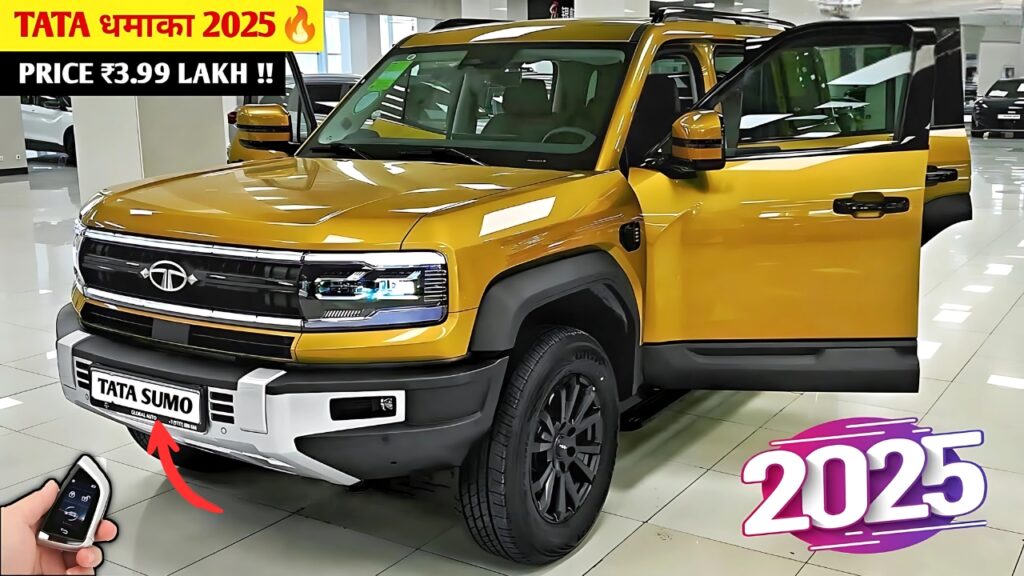Mercedes G wagon: In a huge development for the premium automotive scene we know today, Mercedes-Benz has just presented to the world its all-electric solution for the legendary G-Class, and it combines a 600-kilometer range that puts it on top of premium electric off-roaders.
This iconic release seamlessly combines the storied history of the G Wagon with the latest sustainable technology, all without losing the model’s distinctive design or the brand’s attitude to performance.
Table of Contents
Mercedes G wagon Revolutionary Design Powered by a Revolutionary Ride
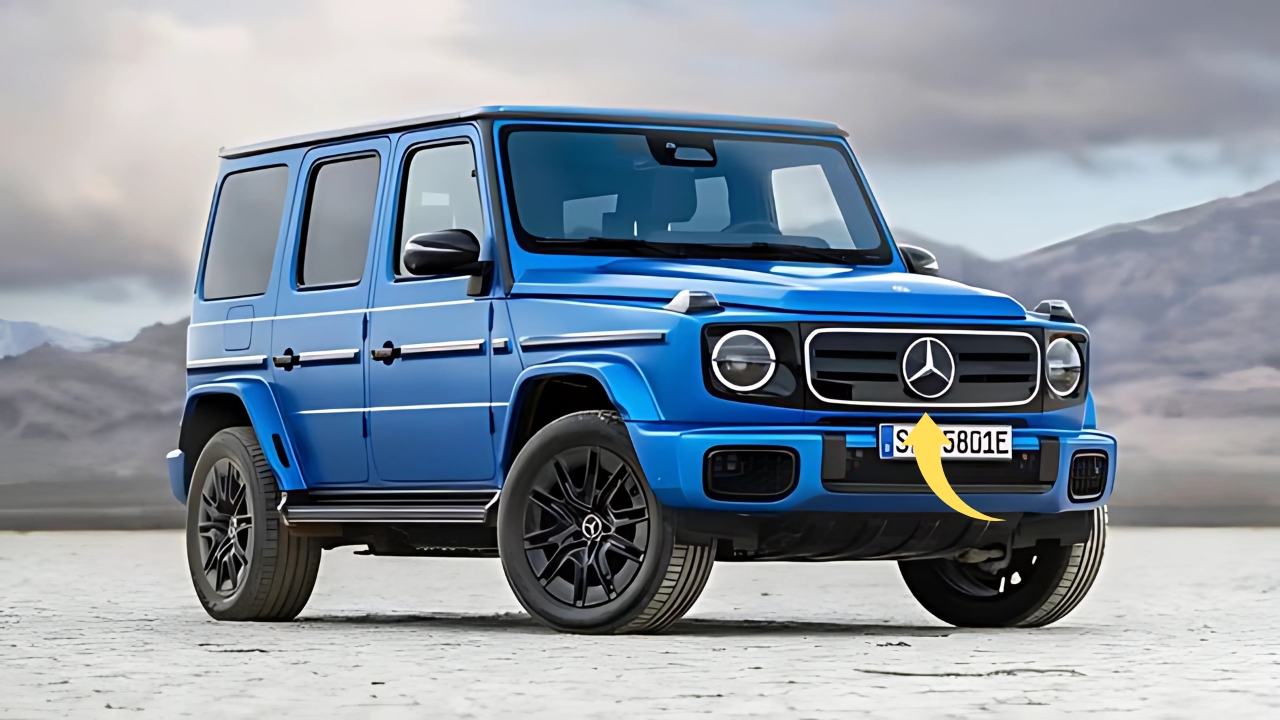
Chandeliers made of Swarovski crystals flank the central screen, and the pair of 12.3-inch displays are wrapped in a flexible OLED surface that bends around the driver to diminish reflections.
The latest in battery technology and electric drive components have been seamlessly realised within the structure of the previous vehicle design incorporating the same silhouette with purpose designed and visible door handles, exposed hinges and bold, G-Class fender flares.
Underneath though is an all-new electric platform with a completely contemporary architecture and four in-wheel motors (one for every wheel) that produce around 660bhp.
This allows superior off-road ability, with instant torque and precise maximum power when needed, without the need for a traditional drivetrain.
“We preserved the entire proportions of the G-Class—every millimeter of the great old beauty—while we completely reimagined the propulsion system,” says Friedrich Westermann, who was in charge of the project. “The challenge was not just to electrify an icon — but to improve it,” he said.
A Range That Surprises With the range being a great deal more than expected
Mercedes G wagon The 600-kilometer range (about 373 miles) on the headline-grabbing end is quite a feat for a high-riding, boxy G Wagon-style vehicle.
That incredible number results from a huge 108 kWh battery pack, crammed into a modified version of the traditional ladder frame chassis.
Mercedes has developed 800-volt electric architecture to allow for ultra-fast charging. When plugged into compatible high-capacity charging stations, the battery can be recharged from 10 to 80% in around 31 minutes — an essential feature for adventure tourists leaving the grid and the fast charging support of respective cities.
The battery pack itself has more in-built complexity including temperature management that’s been calibrated for the harshest of conditions, from high-heat desert it to frigid arctic cold.
This maintains peak performance and insures maximum battery life regardless of whether it’s hot or cold.
Off-Road Dominance Reimagined
Mercedes G wagon But this new, electric incarnation not only doesn’t compromise the G-Class’s famed go-anywhere-in-anyway capabilities, it augments them on multiple critical axes.
The combination of independent wheel motors provides a revolutionary approach to managing off-road traction while easily enabling active torque management at each wheel.
Mercedes has stuck with the old school three-diff-lock interface on the dash – but now doing so attaches you to a host of advanced electronic torque distribution profiles.
” offerings – which replicate (and in most cases match, but more so exceed) what the mechanical locking diffs can achieve – with added flexibility and evasiveness.
The EQG also touts a headline-catching “G-turn” function that utilises the individual wheel motors to enable the vehicle to spin on the spot by rotating 360 degrees on appropriate surfaces — a party piece that both demonstrates the capability of the technology but also delivers genuine usefulness for tightness off-road.
And you’ve still got fantastic ground clearance, thanks to the underbody protection of the jumbo-sized skid plates, which are an integral component of the structure.
Approach and departure angles are the same as, or better than, the combustion siblings’, but the instantaneous nature of electric motors — such as having peak 100% of the torque on hand as soon as throttle is applied — allows even better control in challenging terrain.
Lavish With Sustainable Interior Materials
The cabin mixes the G-Class’s long-standing upright driving position and outstanding visibility with thoroughly modern appointments and sustainable materials.
Recycled fibres, ethically felled hardwoods and advanced composites are prevalent throughout the interior, in keeping with Mercedes’ approach to green issues extending beyond the powertrain.
The dash is fitted with the latest MBUX infotainment system, which is designed specifically for electric adventure travel, along with an algorithm that predicts maximum range, factoring in terrain difficulty, elevation changes, and charging points.
A custom off-road page shows the power distribution information, vehicle articulation and even energy use in real-time.
“We have retained the vault-like, impassable character and added a new quality of finesse,” adds Sophia Kramer, interior design lead. “The offset here is that we’ve included sustainable materials and electric-specific interfaces, while retaining the classic look that is instantly recognisable in the interior of a G-Class.
Market Positioning and Production Schedule
Don’t expect to cut a coupe deal on the electric G Wagon, with a hefty premium likely over its internal combustion siblings, likely with €180,000 as a starting point in European markets.
But despite the stance Mercedes’ says it’s already experiencing unprecedented interest from loyal and new G-Class fans tempted by zero-emission capability without any performance compromise.
There are already pre-sale orders for initial production, which will become available in key European markets, before making a splash in North America and the Middle East.
Mercedes has said the EQG will be built alongside conventional G-Classes at the dedicated Magna Steyr plant in Graz, Austria – the plant where all G-Wagons have been built since time began.
Mercedes G wagon Effect on Industry and Responses from Competitors
“The introduction of the electric G Wagon is significant for the premium off-road vehicle category, as it shows that iconic vehicles such as the G Wagon can make the conversion to electric power and even elevate, rather than diminish, the essential capability of the original.
“Premium off-road segment can and will integrate fast and intense electrification as we also see in other segments,” industry analyst Philippe Houchois at Jefferies said.
“The G-Class has been a core part of the Mercedes brand since 1979, and has been the flagbearer of our design and engineering ethos”, Marcus Schäfer, Mercedes-Benz Board Member for Research & Development said.
“The electric G Wagon carries on this tradition whilst showing that sustainability and supreme capability need not be mutually exclusive.”
With production accelerating towards full capacity, the electric G Wagon looks set to change the way electric cars are viewed by traditional expedition aficionados while reeling in green-minded luxury buyers to the G-Class brand – an incredible turn of events for a vehicle that is now approaching its fifth decade of continuous manufacture.
The EQG is not merely an electric version of an existing model by Mercedes, it is much more: The character of the G-Class has been consistently preserved and transport of the future has been redefined in the luxury and adventure vehicle sector
